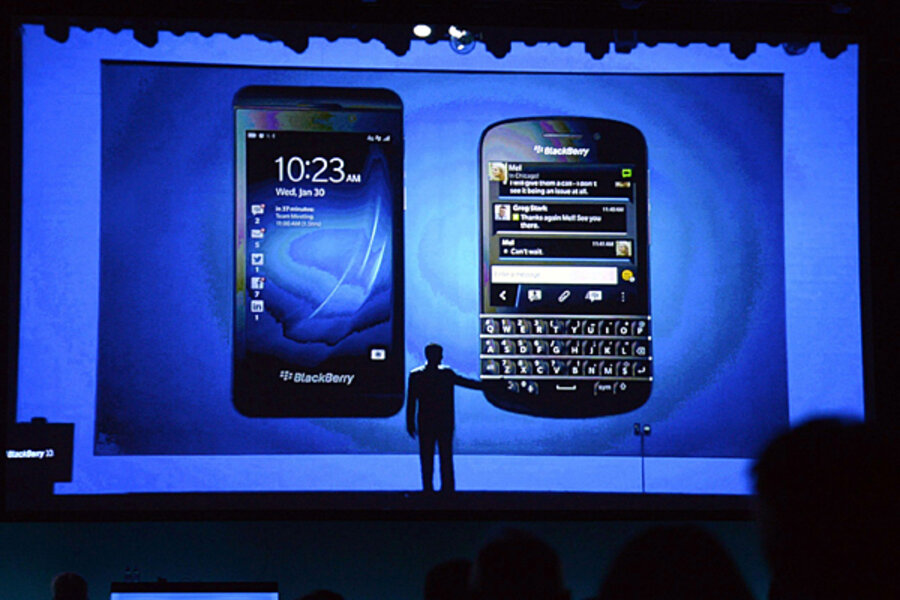BlackBerry's BBM goes social
Facebook, Twitter, and … BBM?
BlackBerry is aiming to make its messaging service, BlackBerry Messenger (BBM), into a social network that works with Android and iPhone, opening up the BlackBerry user base to more than 80 million customers. By introducing this new tool, BlackBerry hopes to make up for declining sales, and give the company a needed boost in an increasingly competitive mobile market.
The new generation of BBM doesn’t look like the old messaging app. In addition to normal messaging abilities, the app now is centered around “Channels” which famous people, brands, and companies can set up to offer messages and information. BBM users can subscribe to these channels to get updates and interact with these entities, similar to Facebook and Twitter.
Though still in the beta stage on Android and iPhone, 30,000 BBM channels reaching more than 100,000 users are already in place. Channels officially launched for those with BlackBerry devices on Tuesday.
Revenue-wise, BBM is looking to capitalize using the route many social media companies have taken: ads. iPhone and Android BBM users will see ads in their feeds, and the company is also thinking of pushing featured channels (for a fee), offering virtual goods, and premium services for business subscribers. For now, BBM is free to download on all devices.
The apps were officially rolled out in late October after rumors it would be released in late June. Thus far, things are looking good for BBM: the app was downloaded 10 million times in its first 24 hours, and hit the number one download spot for iPhone apps. It also has proven to be popular in elusive emerging markets such as India, Brazil, and other global markets.
But that doesn't mean BBM has a ways to go. When BBM first came out, it offered many of the features that now come standard on iMessage and other messaging applications. Users could see when someone was reading their message, could show the music they were currently playing, and share photos and videos. However, with the rise of iPhones and other high-end smart phones with increasingly sophisticated messaging and app features, these qualities failed to set BlackBerry apart, especially with declining hardware sales. In September, BlackBerry confirmed a second-quarter loss of almost $1 billion.
And releasing a new version of BBM comes on the heels of some major adjustments at BlackBerry. After attempting to sell the company earlier this fall (and failing to find an investor) the company launched a major reshuffle, announcing they would lay off 4,500 workers and shifting executive leadership in order to focus on enterprise customers and the messaging service.
Will this be the path to redemption for the Canadian technology company? BlackBerry executives hope so, but even they admit they have a ways to go.
“It needed to grow into more than what it was,” said Andrew Bocking, executive vice president for BBM at BlackBerry to Financial Post. “We’re in the first lap of that new path with the multi-platform launch and we’ve got a number of laps left to go to continue to drive it into the vision that we see for being that truly real time mobile social network.”






